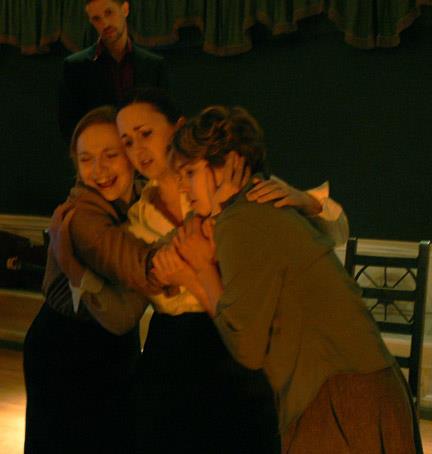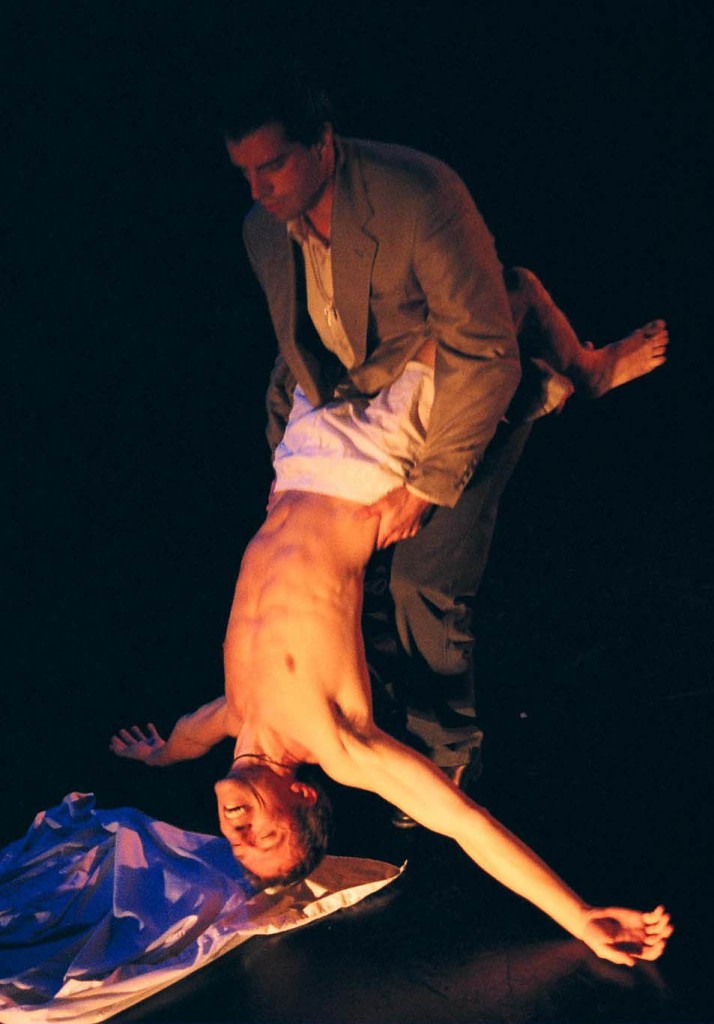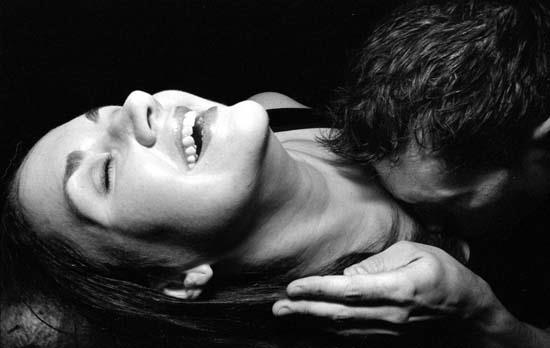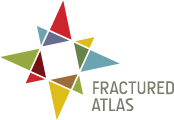Expressivity—the capacity to express the psychic and spiritual processes which define us as human—is inseparable from a performer’s responsibility. The most effective means of communicating these interior processes is through specific external signs, or physical and vocal actions with the potential to activate relative processes in the spectator.
Expressivity training confronts the doer with the problem of bringing together two equally powerful yet apparently divergent energies; those of discipline/precision and spontaneity/inspiration. The effect of conjoining these two energies can be likened to what happens when the same poles of two magnets are brought together. Left to their own devices, these two magnets will rebel against each other. However, with some conscious effort that rebellion transforms into dynamism. Apply this to the work of the performer who must, with great rigor, bring together within himself both the spontaneous animation of living impulses and the precisely defined means of communicating those impulses. The performer must not permit one force to overpower the other. This would lead, on the one hand, to inarticulate and unreliable disorder subject to the dubious whim of inspiration and, on the other hand, cold, empty and mechanical automatism. The performer has an obligation to consciously develop an ability for bringing these two streams together and allowing them to feed each other. It is a natural law that the closer in they are brought the more vigorously they will press outward. The dedicated performer seeks this state of pressing out—ex-pression.
The work with song at Akropolis Performance Lab falls into the category of expressivity training. Songs present the singer with all of the elements for working with this conjunction of dynamics. The structure of the song is strictly determined by the melodic flow of pitches. This cannot be avoided. Any significant alteration of the structure destroys the integrity of the song. At the same time, mere mechanical reproduction of the notes prohibits the song from blossoming and achieving its full richness. The singer must quickly master the technical qualities of the song—it’s melody, intonation, and articulation—and work toward discovery of the subtle vibratory qualities inherent in the song. These qualities will be linked to the psychic and emotional associations evoked by the song within the singer. As these associations begin to appear the singer must allow them to inform the vibratory quality of the singing. She must then determine the authenticity of the relationship between singer, association, and song; Discarding fictive associations while remembering those genuine associations which arise and pursuing them more precisely each time the song is sung. In this way, the song and the singer sing each other and the vibratory qualities of energy can become nearly palpable.
Physical expressivity at APL is primarily explored through the plastic exercises developed by the Polish Laboratory Theatre during the 1960’s under the supervision of Jerzy Grotowski and the instruction of actors Rena Mirecka and Ryszard Cieslak. The founders of APL learned these exercises while members of the New World Performance Lab under the direction of Grotowski collaborators James Slowiak and Jairo Cuesta. The exercises themselves were taught to the company by former Cieslak assistant Terrence Cranendonk and verified by a film made in the early 1970’s of Cieslak teaching the plastiques to actors at the Odin Teatret in Denmark.
The physical details of the plastiques consist of codified articulations of the body’s joints. These movements are first learned and memorized by the doer and then put together into an improvisation of motion. In the beginning the details are all obstacle to the doer, who struggles merely to remember the details and execute them without breaking the flow of energy or compromising the integrity of the movements. Soon the details begin to penetrate the doer’s body memory and he begins to play with the processes of association and memory which animate the details in accord with his present moment body-life.

OEDIPUS (2006) | Margaretta Campagna, Zhenya Lavy & Liz Erber, with Joseph Lavy | Photo: Julia Salmonik
While the focal point at each moment in the improvisation is the particular detail being worked, the association must be permitted to reverberate throughout the doer’s entire body, engaging the doer in totality. In order to inhibit sacrificing external precision to indulgence in the internal process the doer must multiply her attention and continually strive to fully achieve each detail as precisely as possible. She looks to stretch just a fraction further or to break down each movement into increasingly minute components, all the while maintaining the intimate course of association and memory. Likewise, the doer must remain diligent regarding the psychic processes in order to refrain from mere improvisation of the details in a virtuoso-like way.





